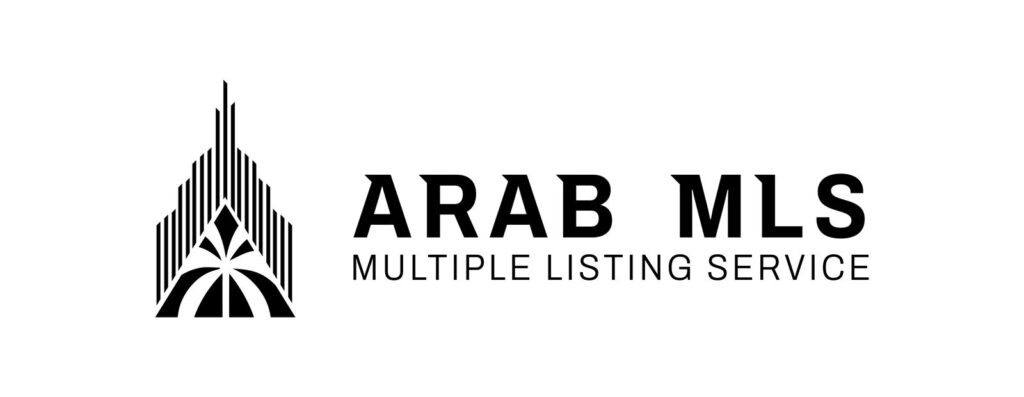In the evolving landscape of digital technology, user experience remains a central focus for developers, especially those creating platforms for critical industries such as real estate. Multiple Listing Service (MLS) platforms serve as pivotal tools for buyers, sellers, and agents seeking property information. Given the prolonged hours professionals and consumers spend interacting with these systems, optimizing their design to include features like dark mode and accessibility settings is no longer optional but essential. These enhancements not only cater to aesthetic and functional preferences but also address diverse user needs, ultimately making MLS systems more inclusive, comfortable, and resilient.
Understanding Dark Mode and Its Benefits
Dark mode, a design choice where light text appears on dark backgrounds, has become increasingly popular across numerous digital platforms. Beyond mere visual appeal, dark mode offers several tangible benefits that resonate with MLS users who often gaze at screens for extended periods.
One primary advantage is reduced eye strain. The bright white backgrounds common in standard web design can cause discomfort, especially in low-light environments or over long viewing sessions. Dark mode mitigates this by decreasing screen brightness and contrast levels, making viewing easier on the eyes. For real estate professionals who may spend hours reviewing listings, preparing presentations, or communicating with clients, this feature can significantly reduce fatigue.
In addition to comfort, dark mode can contribute to improved battery life on devices with OLED or AMOLED screens by minimizing power usage when displaying darker pixels. This practical benefit enhances mobility for field agents and buyers frequently accessing MLS platforms on smartphones or tablets, enabling longer usage without frequent recharging.

Inclusive Design for All Users
Accessibility encompasses a range of design principles and technological adaptations that ensure digital platforms serve people with a variety of impairments or disabilities. For MLS systems, integrating comprehensive accessibility settings means accommodating users with visual, auditory, motor, or cognitive challenges, thus broadening platform usability and complying with legal standards such as the Americans with Disabilities Act (ADA) or the Web Content Accessibility Guidelines (WCAG).
Key accessibility features that MLS platforms should incorporate include adjustable font sizes, keyboard navigation support, screen reader compatibility, and color contrast customization. For instance, users with low vision benefit from scalable text and high-contrast color schemes, allowing them to read property details, price histories, or legal documentation with greater ease.
Voice commands and dictation support also hold immense value, especially for users with motor impairments or those who prefer hands-free operation. These technologies enable navigation through MLS listings, initiating searches, or communicating with agents seamlessly. Moreover, captioning and alternative text for images foster inclusivity for users who rely on assistive hearing devices or screen readers.
Why These Features Matter for MLS Users
The real estate market demands timely, accurate, and accessible information delivery. Buyers often review dozens of listings before making decisions, while agents multitask between client meetings, property research, and negotiations. Any obstacle in accessing MLS platforms can delay workflows or deter users, potentially costing opportunities.
Dark mode offers relief in scenarios where users operate on mobile devices during night hours or in dimly lit environments, such as open houses conducted at dusk or late-night client consultations. The reduced glare not only preserves visual comfort but also encourages prolonged engagement with listings.
Accessibility settings address a broader stakeholder base, including aging professionals with diminished eyesight or individuals with disabilities whose needs might otherwise exclude them from efficient market participation. By ensuring MLS platforms adhere to inclusive standards, real estate firms demonstrate a commitment to equitable service while expanding their reach.
Enhanced accessibility also improves compliance with regulations, reducing legal risks related to discrimination claims while fostering goodwill within the community. Inclusivity often translates into stronger customer loyalty, positive reputation, and a competitive advantage in an increasingly socially conscious marketplace.
Implementation Challenges and Considerations
Despite clear benefits, integrating dark mode and accessibility settings into MLS platforms involves meticulous planning and execution. One challenge lies in maintaining visual consistency and usability across different mode settings. Effective dark mode design requires careful color palette adjustments to ensure critical interface elements remain legible, distinct, and visually balanced. Poorly implemented dark themes can result in reduced contrast or obscured information, defeating the purpose.
Similarly, accessibility features must be comprehensive and versatile, accommodating a wide range of user needs without compromising overall system performance or complexity. Developers must rigorously test MLS platforms with assistive technologies and real users to identify gaps and enhance usability.
Another consideration is user choice and customization. Not every user prefers dark mode, and accessibility needs vary widely. Therefore, MLS platforms should allow easy toggling between modes and personalized settings saved across sessions to accommodate individual preferences.
Training and awareness within real estate organizations also play a role. Agents and staff should understand these features’ availability and benefits, helping guide clients toward optimal platform use.
The Role of Mobile Devices and Cross-Platform Consistency
Mobile access to MLS systems has transformed the industry, as agents and buyers increasingly rely on smartphones and tablets for quick updates and on-the-go searches. Consequently, dark mode and accessibility settings must function seamlessly across devices and operating systems.
Ensuring that MLS apps and responsive websites maintain feature parity across iOS, Android, and desktop environments sharpens user satisfaction and prevents fragmentation. Additionally, syncing user preferences, such as dark mode activation or font size adjustments, across devices contributes to a cohesive experience.
By prioritizing cross-platform consistency, MLS providers accommodate a diverse and mobile-first workforce and clientele, further reinforcing the relevance of accessibility and comfort features.

Future Innovations and Trends
As technology evolves, the integration of dark mode and accessibility within MLS platforms will likely become standard practice, complemented by emerging trends. Artificial intelligence and machine learning may personalize interface settings based on usage patterns, automatically switching between light and dark modes or adjusting text size depending on environmental lighting or device type.
Voice-activated MLS navigation and augmented reality property tours, augmented with accessible control options, may redefine how users engage with real estate data, making exploration more immersive and user-centered.
Moreover, increasing awareness of mental health and wellness could inspire designs that reduce cognitive overload, employing clean interfaces and customizable display options tailored to reduce stress and enhance decision-making during sometimes overwhelming home searches.
Conclusion
Dark mode and accessibility settings represent an essential evolution in MLS platform design, reflecting an industry-wide commitment to user comfort, inclusivity, and efficiency. By embracing these features, MLS providers not only improve daily user interactions but also expand their services’ reach to diverse populations, including individuals with disabilities and those seeking healthier digital habits.
Real estate professionals, buyers, and sellers alike benefit from interfaces that reduce eye strain, support varied sensory and motor needs, and adapt to changing environments. While implementation requires thoughtful design and rigorous testing, the payoff lies in a more inclusive, user-friendly, and future-ready real estate ecosystem.
As the digital world continues to evolve, MLS systems that prioritize accessibility and user experience will distinguish themselves as leaders in an increasingly competitive marketplace. By fostering equitable access and comfort, these platforms empower all users to engage confidently and effectively in the home buying and selling process.
Through the integration of dark mode and comprehensive accessibility options, the real estate industry takes significant strides toward a technologically advanced yet human-centered future.
Frequently Asked Questions
-
What is dark mode in MLS platforms?
Dark mode is a display option that uses dark backgrounds with light text to reduce eye strain and improve viewing comfort. -
How does dark mode benefit real estate professionals?
It decreases screen glare and eye fatigue, especially during long hours of reviewing listings or working in low-light environments. -
What accessibility features are important for MLS users?
Key features include adjustable font sizes, screen reader compatibility, keyboard navigation, color contrast options, and voice commands. -
Why are accessibility settings crucial in MLS platforms?
They ensure that users with visual, motor, or cognitive impairments can effectively access property listings and information. -
Do dark mode and accessibility settings work on mobile devices?
Yes, these features are designed to function smoothly across smartphones, tablets, and desktops for a consistent user experience. -
Can users customize dark mode and accessibility preferences?
Most MLS platforms allow personalized settings that users can toggle and save according to their comfort and needs. -
What challenges exist when implementing accessibility in MLS systems?
Maintaining visual clarity, testing with assistive devices, and balancing customization with usability are key challenges. -
Will incorporating these features improve compliance?
Yes, integrating accessibility options helps MLS providers comply with legal standards like the ADA and WCAG.













